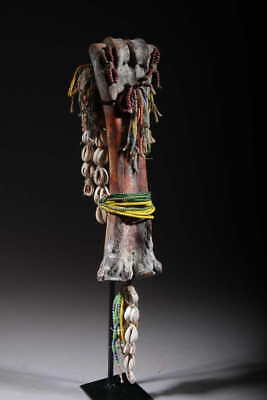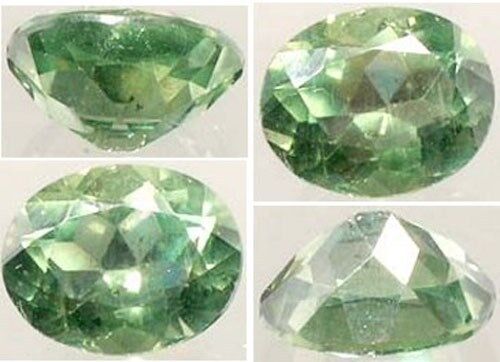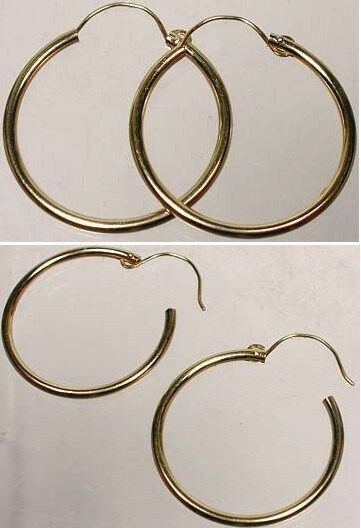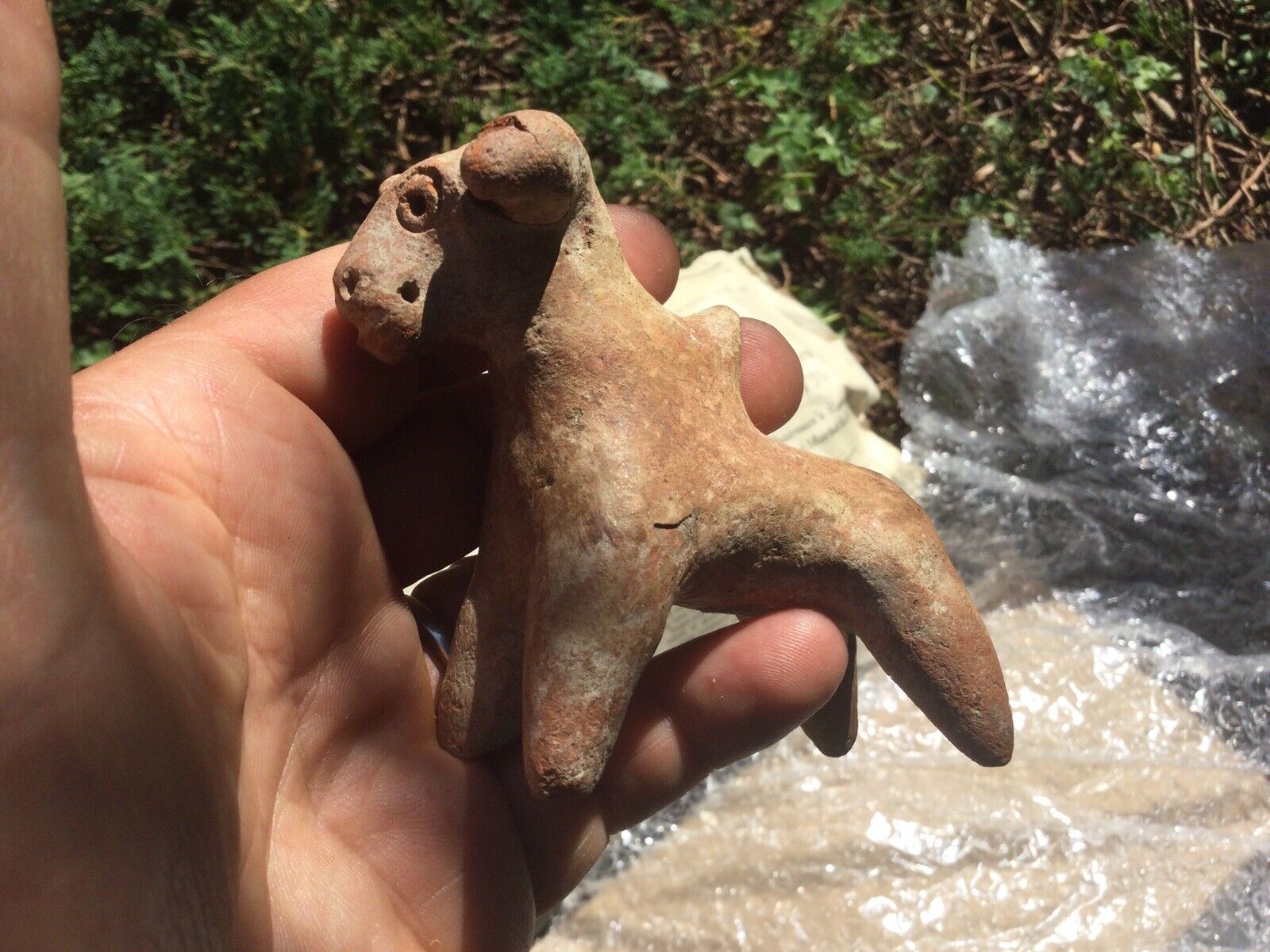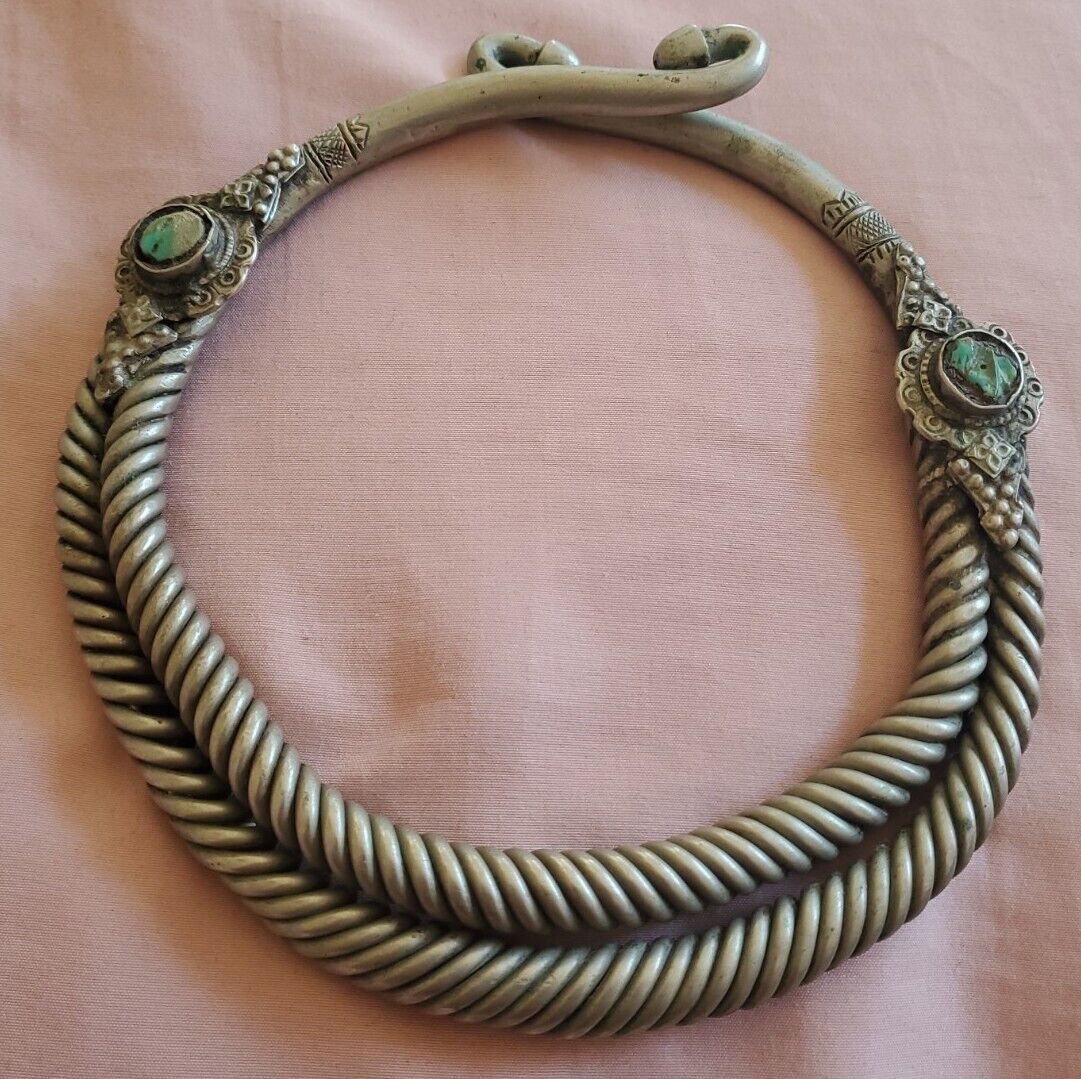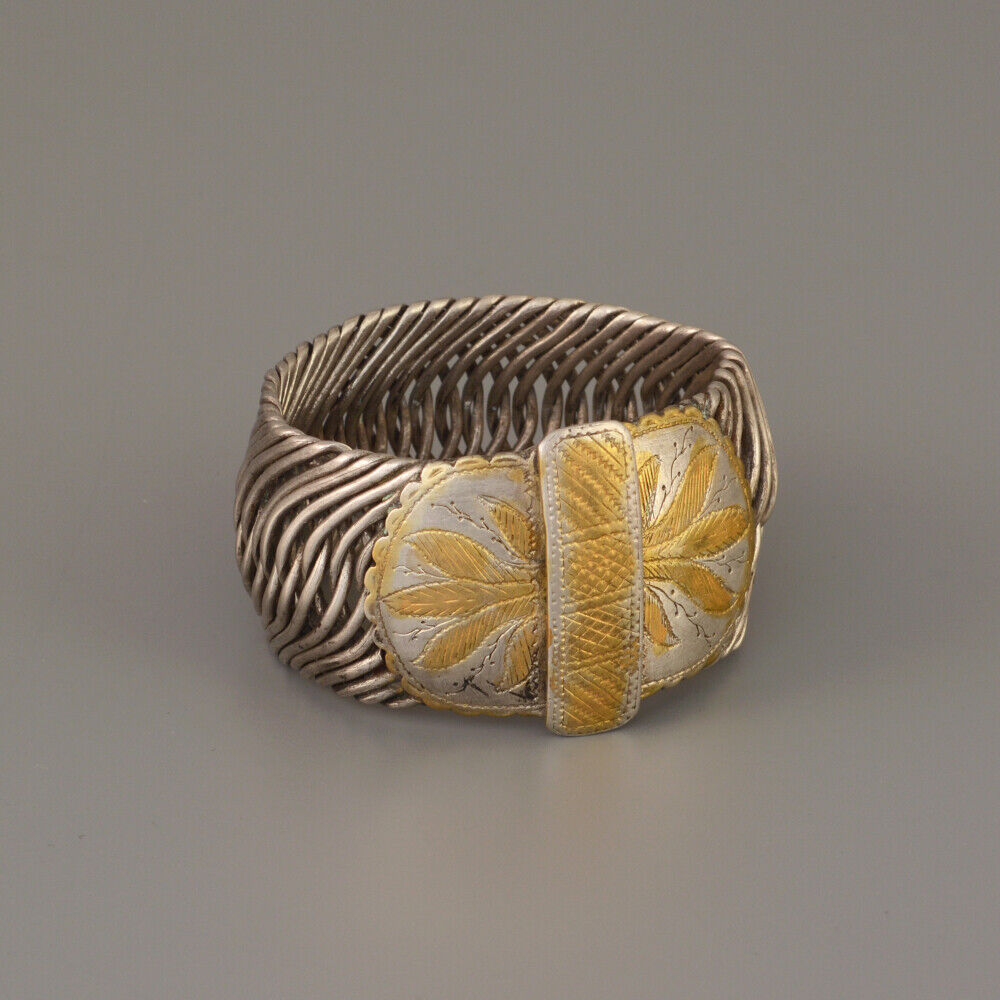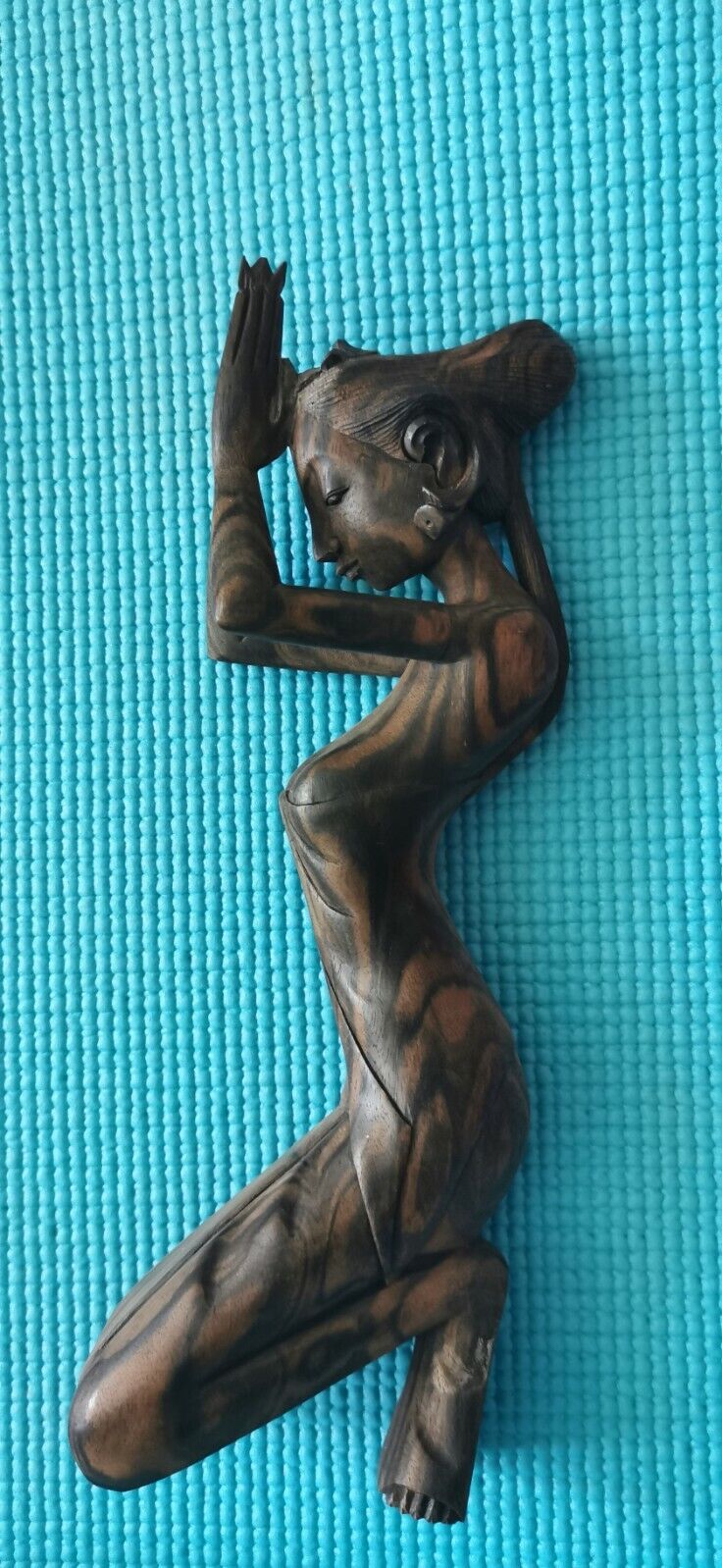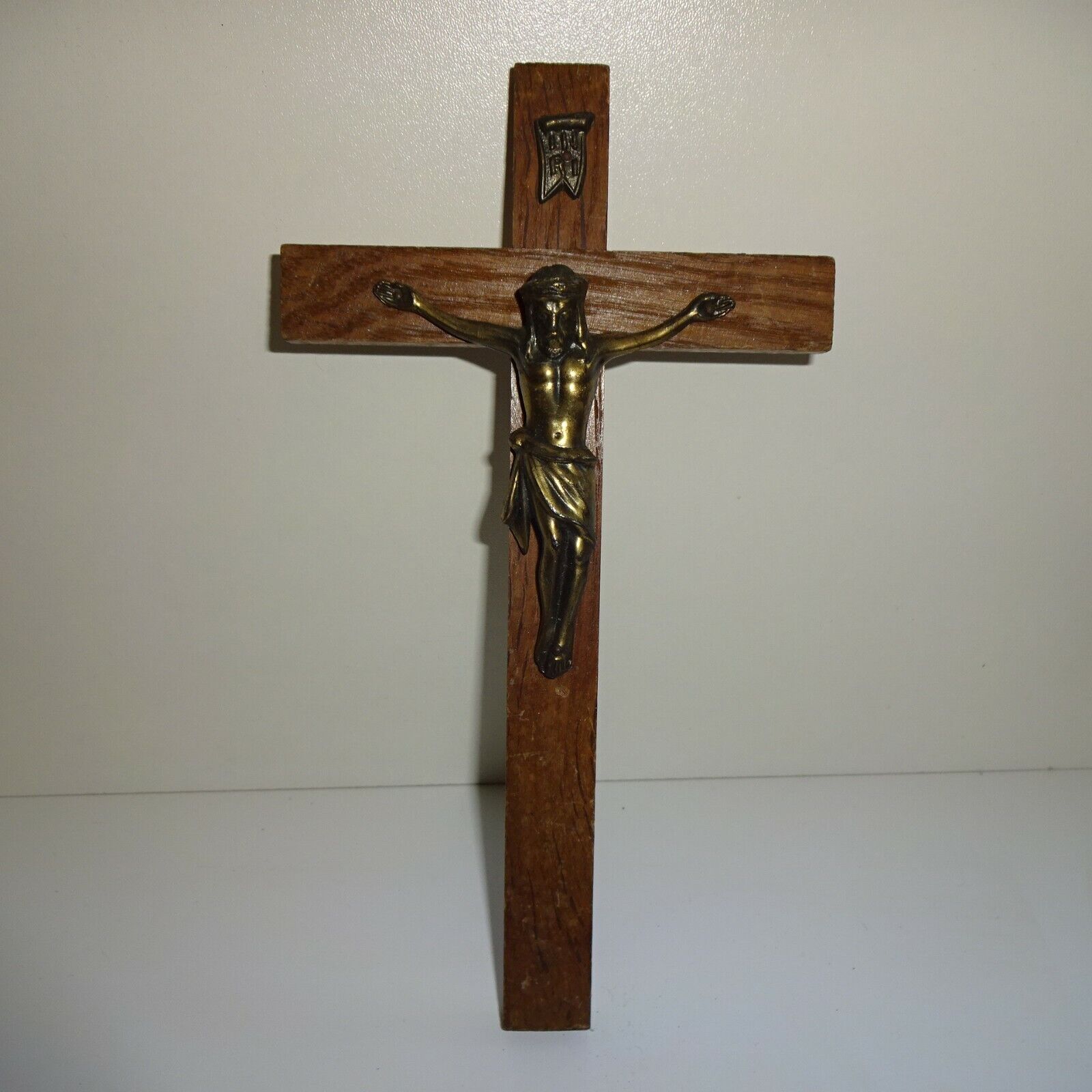-40%
Art African Fetish Losso 1240
$ 302.61
- Description
- Size Guide
Description
Ref: sf-1240height 36 cm.
Product Description
.
Losso fetish from Togo. Old piece of more than 40, delivered on a base.
"The aesthetic sense is absent with them" Froelich 1949. This is how the first settlers qualified the statuary of northern Togo. It really marks a lack of openness. They did not see this region as an arid zone with very little vegetation and therefore not worthy of interest ...
The Lamba / Losso were revealed around the 1890s during German colonization. It was moreover an extremely violent phase of repression, in particular with the expeditions led by Doctor Kersting or that of Frobenius (...)
To see these ethnic groups in public collections, it is especially necessary to go to Germany. On the one hand towards the Frobenius Foundation in Frankfurt, they have a whole background of drawings describing the dwellings, the living conditions but very few sketches of sculptures. On the other hand to the Museum of Ethnography in Berlin, the Museum für Volkerkunde. The latter has no less than 40,000 objects from Africa. To know !!
The Lamba / Losso are ethnic groups who live in the north of Togo. The Losso (88,000 individuals) and the Lamba (61,000 individuals) are above all farmers and hunters. Their close neighbor is the Kabyé, the Ewé and the Ouatchi.
It is assumed that the Losso have an origin in Burkina Faso because of the resemblance to the Mossi language. Looking at the shapes of the sculptures we could even relate the statuary Lobi or even Dagari.
This population, with a welcoming reputation, does not have centralized power and it is the heads of families who regulate matters among themselves.
They also produce objects that come from the Voodoo culture, certainly due to the close presence of the Ewe. For example they build poles to hunt thieves. As in voodoo, they practice libations made from goat, sheep or chicken blood. It is about nourishing the spirits and calming them.
As in voodoo country, these cult objects are placed in front of homes as a sign of warning or protection or in attics and henhouses.
They make dolls made with the femurs of sheep, pigs or cows called "Di Kori", which means "son of bones".
It is complicated to give a simple description of the Lamba and Losso sculptures because their family bond is very strong. As for their neighbor Yoruba with the Ibeji, each village carves very different sculptures which provides a wide variety of very exciting styles.
The colonists who stumbled upon these sculptures saw nothing but rough, disproportionate objects of simple, brutal shapes. They sculpt characters often represented with small legs. The largest imposing part remains the trunk of cylindrical appearance with its arms contiguous to the body. There is a constant on these bodies: The protruding navels and the presence of scarification. They are engraved on wood (cold or pyrographed) and they are a serious lead for the Lamba or Losso attribution. They are still worn by the Togolese. Moreover, around the 1960s, the state tried to ban the practice of scarification in order to change mentalities and stop the rise of "tribalism". It is hardly lost. The fad is too strong !! For aesthetic taste, the shapes are mixed between the Lamba, the Losso or even with the patterns of their neighbors!
What is most surprising about these characters are these heads in the shape of a balloon completely crushed or even resembling a head of a champagne cork with a tiny or nonexistent neck. This reinforces this very massive look.
African art, African masks
Piece delivered with an invoice and a certificate of authenticity.
African art african tribal arte africana afrikanische kunst
The colonists who stumbled upon these sculptures saw nothing but rough, disproportionate objects of simple, brutal shapes. They sculpt characters often represented with small legs. The largest imposing part remains the trunk of cylindrical appearance with its arms contiguous to the body. There is a constant on these bodies: The protruding navels and the presence of scarification. They are engraved on wood (cold or pyrographed) and they are a serious lead for the Lamba or Losso attribution. They are still worn by the Togolese. Moreover, around the 1960s, the state tried to ban the practice of scarification in order to change mentalities and stop the rise of "tribalism". It is hardly lost. The fad is too strong !! For aesthetic taste, the shapes are mixed between the Lamba, the Losso or even
